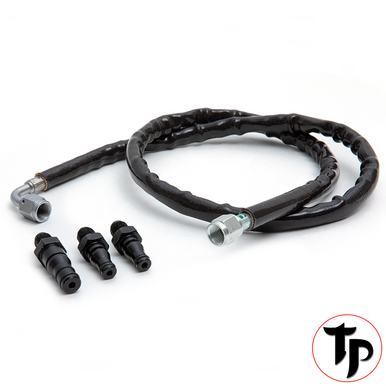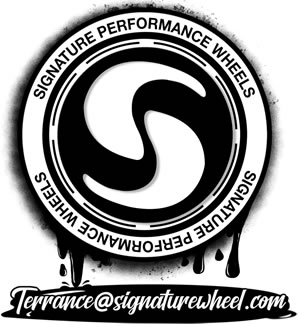Whoever told you that is playing an elaborate joke on you.
It's still the same hydraulic system that's been in every GM car back to the C5 Corvette. Pumping the pedal doesn't cycle fluid. There's no outlet in the system--you're moving a several CCs back and forth about 2". To bleed the clutch, you need a remote bleeder line (an
outlet) to move it elsewhere.
This line is easy to install and does not require transmission removal. Just remove your stock line, install ours and put a fresh bleed on your system; all of which can be done in less than an hour. With this line installed, your hydraulic system will work as efficiently as the stock master...

www.tickperformance.com
All hydraulic systems leak air (better ones leak less). Air contains water. Brake/clutch fluid is hydroscopic, meaning it absorbs water and distributes it throughout the fluid. When water gets hot, it boils, which creates a bubble at the local high point in the system. Bubbles compress under pressure and reduce the amount of travel that the slave generates on a pedal push. There's margin in the system to account for this (and also so that you don't have to put your foot on the floor to shift), but since GM uses the smallest master necessary to make the clutch disengage, there's very little margin. This minimizes pedal effort, but results in low clutch engagement height and increases the required fluid maintenance interval.
Once your fluid absorbs water beyond about 2% you must replace it. If don't keep up with it, the moisture content in the fluid + clutch heat will result in a bubble in the slave, which is annoying to remove. There's a high point in the slave (I don't care whether you have OEM or a Tilton 6000 series, they all do), and you have to generate high fluid velocity when bleeding the clutch to evacuate the bubble.
I love the V series cars, but there's a large percentage of owners that are some of the dumbest people to walk the planet. If you believe that your brakes or clutch don't require bleeding every 6-12 months because it's a Cadillac, you're in the wrong car. At this point, there's literally 20 years of CTS-V forum posts (not to mention every other platform that uses the T-56 and TR-6060) explaining how to fix the 1-2 crunch and difficulty going into reverse.
TLDR:
Bleed the f**ing clutch, even if the car is new. Get yourself a moisture tester--they cost less than $15. On the 1-2 shift, remember to put the pedal all the way down--most "experienced" drivers don't always do this because the torque in 1st (even in street driving) pushes them back into the seat and sorta short-circuits their brain.
^ Note, I don't particularly recommend any model. These things are dime a dozen and they all work great.






